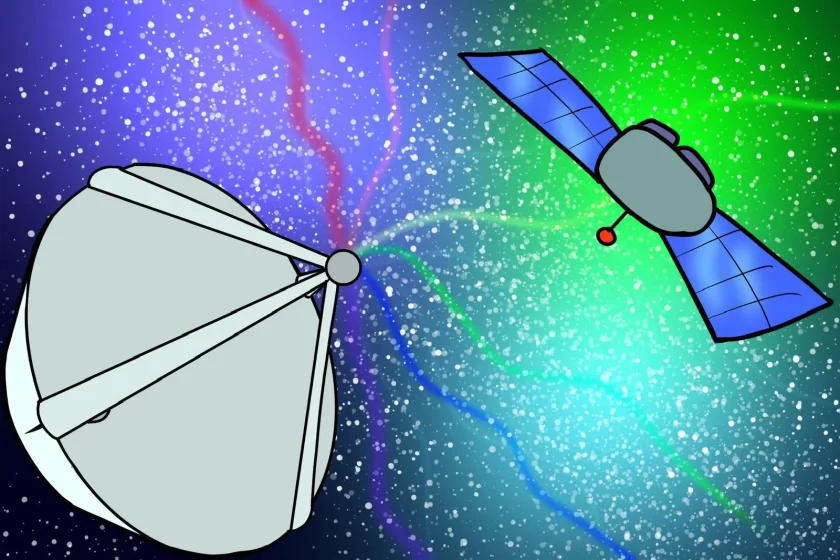Do you know “what is radio astronomy?”
If you don’t know about it then don’t worry because today in this article we are going to discuss radio astronomy.
Radio Astronomy?
The fact that radio waves are arriving on earth and can be studied and detected. Radio waves were first recognized by K.G.Jansky in 1932.
In Jersey, U.S.A. he was working at the Bell Laboratories and exploring radio-frequency disturbances in the atmosphere. He became aware that some of the sounds his instruments were picking up were coming from space while he was working. He observed a steady arrival of 14.6m from a certain fixed direction in space.
The maximum intensity was received from the direction of the centre of the Milky Way – our own spiral galaxy of stars.
This discovery led to a new branch of astronomy – radio astronomy. By using sophisticated special types of antennae different radiations are picked up.
Some of these are thermal radiations – the radiations that any heated body emits in radio frequency waves. Scientists have done radio studies of the moon, sun and many other subjects that are found in space.
Scientists also send signals in outer space towards objects like the moon and the meteors which are reflected back to the earth and are then studied.
With longer wavelengths than light waves, radio waves are comparable. Interstellar dust clouds and the thick planetary atmosphere are easily penetrated by radio waves. However, the optically transparent ionized gasses that surround the sun and other stars are impervious to them.
Strong radio telescopes are able to pick up signals from locations nearly a trillion miles away. Scientists believe that if there is life somewhere in outer space, and if someone wants to tell others of their existence, they would probably send some signals which could be understood by us.


